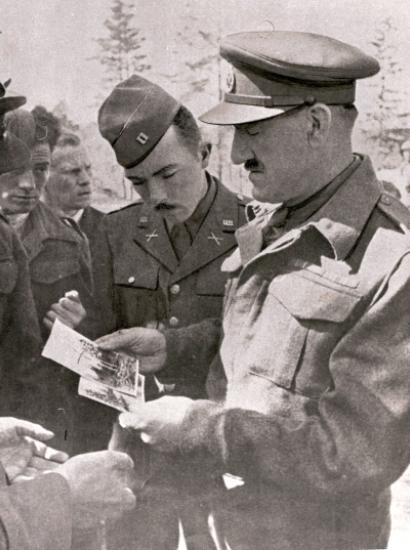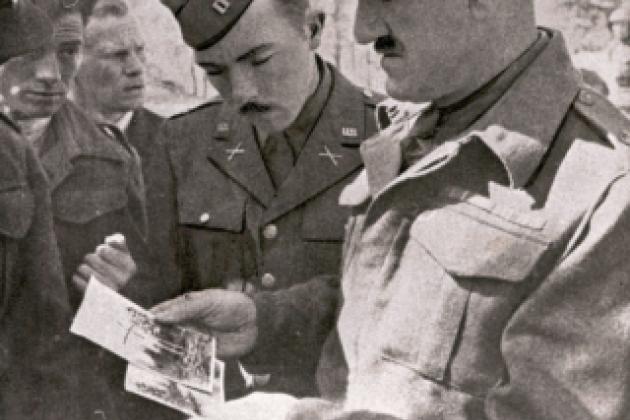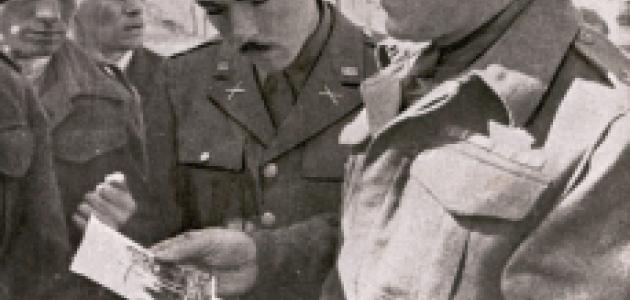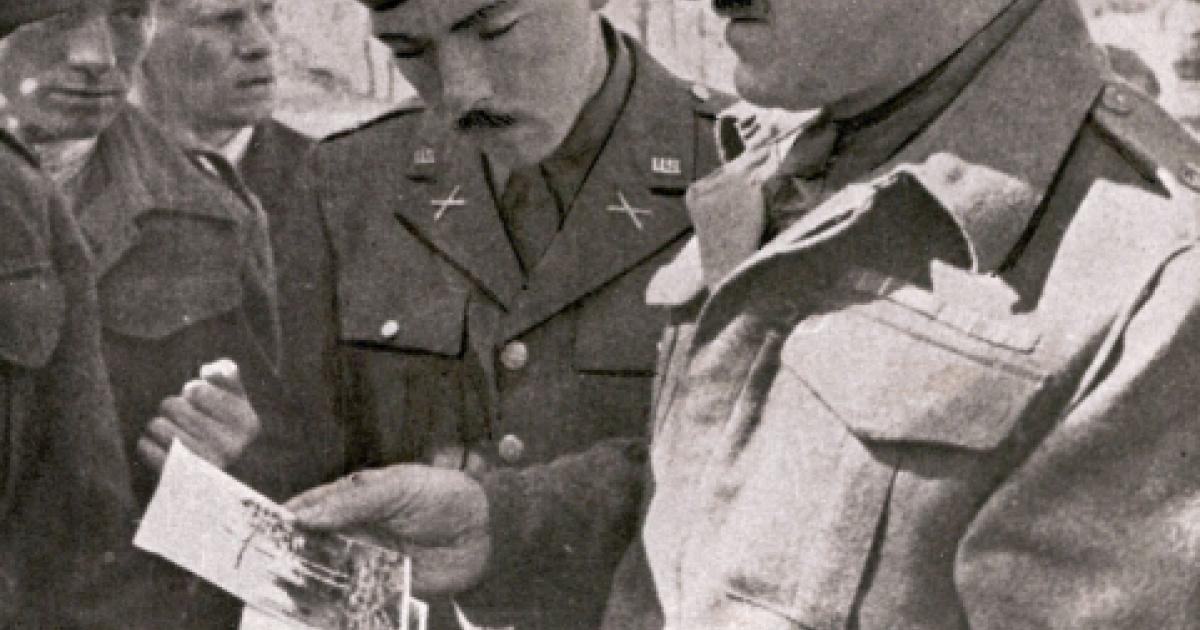
On March 5, 1940, the Soviet Communist Party Politburo ordered the execution of thousands of Polish military officers, government officials, and prominent civilians who had been arrested and imprisoned after the Nazi-Soviet attack on Poland in September 1939. The mass shootings of some twenty-two thousand people, some of them carried out in the spring of 1940 in the Katyn forest near the Russian city of Smolensk, are remembered as the Katyn Forest Massacre.
Two weeks ago documents were released indicating US government involvement in covering up Soviet guilt in the massacre. That evidence is contained in some one thousand pages of newly declassified documents from the United States National Archives. Although most of what was released in paper form has been well known for decades from witnesses’ oral testimonies, some new pieces of evidence have emerged. One of the most notable is the finding that coded messages were sent by two American prisoners of war, Captain Donald B. Stewart and Lieutenant Colonel John H. Van Vliet Jr., to US military intelligence confirming Soviet culpability. In May 1943, the Germans flew both officers, along with several other Allied prisoners, to Katyn to witness the exhumation of the mass graves. Initially thinking that Katyn was simply another German propaganda effort, after seeing the evidence, the officers became convinced that the mass murders had been carried out by the Soviets. Their messages from the camp were the earliest evidence that the Roosevelt administration knew of the Soviet atrocity early on. Stewart testified before a 1951 congressional committee about what he saw; Van Vliet wrote reports on Katyn in 1945 and 1950, the first of which mysteriously disappeared. Thus there is no longer any question that the Roosevelt administration knew early on, from credible American sources, that the Soviets were responsible for Katyn yet chose to ignore the evidence. Although the principal reason was not jeopardizing the US alliance with the Soviets, there is also evidence of bureaucratic inertia, neglect, and pro-Soviet bias.
The Hoover Institution Archives houses the oral histories of Capt. Donald B. Stewart and Lt. Col. John H. Van Vliet Jr., as well as a mass of other evidence documenting the crime. Hoover is home to the archives of the Polish Government in Exile, which includes full records and reports of the Polish investigation of the massacre. The 1946 final report, Facts and Documents Concerning Polish Prisoners of War Captured by the USSR during the 1939 Campaign, authored by Wiktor Sukiennicki (later a Hoover research fellow), as well as thousands of original documents and depositions, was made available to the US government for use in a study of the Soviet camps. For nearly three decades before the Soviet admission of responsibility for the crime, the definitive study about Katyn was Death in the Forest: the Story of the Katyn Forest Massacre, by Janusz Zawodny (Stanford PhD), a monograph based almost entirely on Hoover archival and library resources. The latest document declassification and release are the result of the discussions and efforts of many Polish and American scholars, including Maciej Siekierski, senior curator and research fellow at the Hoover Institution.
The touring exhibition of “Katyn: Politics, Massacre, Morality” was at the Hoover Institution from November 30, 2010, through January 29, 2011. Click here to read an article about the 2011 exhibition and a recent post by its curator, Hoover assistant archivist for exhibits and outreach Nicholas Siekierski: “Franklin D. Roosevelt and the Coverup of the Katyn Massacre.”
Click here to read another related article, titled “The Unfinished Business of Katyn” by Adam Bosiacki, in the Hoover Digest, no. 1 (2012).
Click here to read the full article from the Associated Press.
Click here for more information about the Katyn massacre from the National Archives.



















